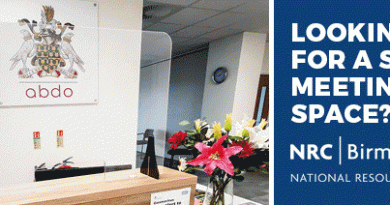How to find the right space for a difficult meeting
No-one likes to think too much about difficult meetings, but whether you run a business, are a manager of a team, or work in HR you are likely to have to carry out meetings where the member of staff could become upset or angry. Whether you are planning a disciplinary meeting, explaining the outcome of a redundancy consultation, or giving someone the sack, you may think there is little you can do to improve the event. However having the right setting and facilities can help things go more smoothly. Read on for some advice to help you when you next have to arrange a difficult meeting.
- Be prepared. Make a plan for how you would like your meeting to go. Look up any legislation that relates to the situation you are addressing, whether it is a disciplinary process, redundancy or termination of contract. Check your staff handbook if you have one, and pull out details of any communications that have already taken place. Think about timescales: how much notice do you need to give those invited to the meeting. Do you and your colleagues need a pre-meeting to practice?
- Prepare your people. As part of your planning you also need to think about who needs to be at the meeting. Will someone need to take notes? If possible, you should always have a colleague with you in the meeting: this could mean a manager and someone from HR. You may also want to record the meeting – but remember to let people know if you will be doing this. It can help if you are clear about different people’s roles in the meeting. Who will be delivering the unwelcome news? You may want to take a short course in managing conflict if this is a regular part of your role.
- Pick the right place. Think about where your meeting will take place. You may want a space away from other colleagues so that your meeting can take place in private. It is a bonus if there is a private entrance. It may be beneficial to use a meeting room off site if you think there could be conflict. If the person you are meeting with is likely to be upset you may want the ability to offer a hot drink and have tissues on hand.
- What if? Once you have a plan and booked your meeting space, it can be worth running through some scenarios. This can help you feel prepared for all eventualities, even if the meeting doesn’t go the way you want.
Difficult meetings can’t be avoided, but you can prepare for them. With practice, the right location and the right preparation, you can ensure that even the trickiest meetings have the outcome you need and want.




